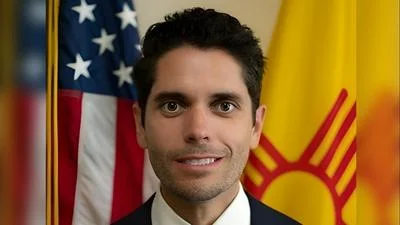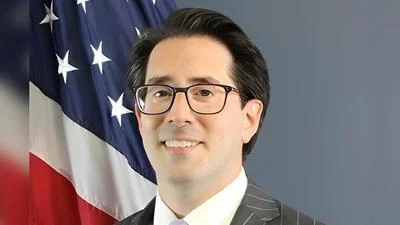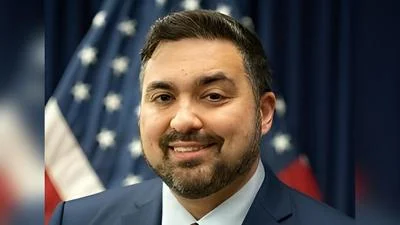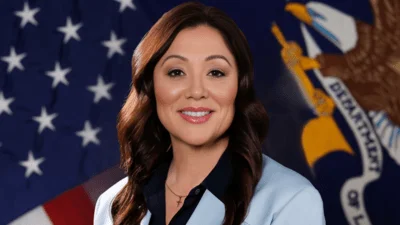Energy and Commerce Chairman Frank Pallone, Jr. (D-NJ) sent a letter to Food and Drug Administration (FDA) Commissioner Stephen Hahn today raising concerns that FDA appears to be reconsidering proposed regulations that would set a maximum nicotine level in cigarettes in order to make them less addictive. Pallone also urged the agency to reconsider its decision, and to instead move forward with this proposal, which former Commissioner Scott Gottlieb had announced as part of FDA’s comprehensive regulatory plan to reduce tobacco-related disease and death.
In March 2018, FDA issued an Advanced Notice of Proposed Rulemaking (ANPRM) and solicited comments and information for consideration in developing a tobacco product standard to set the maximum nicotine level for cigarettes. The proposal was then included in the agency’s Unified Agenda of Regulated Actions where FDA acknowledged that such a standard, “could help limit the addictiveness of the most toxic and widely used tobacco products." Pallone’s concern stems from the fact that FDA omitted the proposal from its Fall 2019 Unified Agenda.
“It is disappointing that FDA appears willing to shelve this critically important solution instead of working towards specific regulatory actions that could result in significant public health benefits," Pallone wrote to FDA Acting Commissioner Hahn. “I strongly urge you in your new role as Commissioner to reconsider FDA’s decision to remove the nicotine level ANPRM from FDA’s 2019 Unified Regulatory Agenda and move forward with proposing and finalizing regulations on this issue as soon as possible."
In his letter, Pallone points to a study that found that lowering nicotine levels in cigarettes to minimally addictive levels in the United States would lead to substantial reductions in tobacco-related mortality and millions of lives saved.
Pallone also voiced concern that this proposal was put forward at the same time FDA chose to significantly delay the compliance deadlines for premarket tobacco applications (PMTAs) for newly regulated tobacco products, including e-cigarettes that were on the market prior to August 8, 2016. This delay has permitted certain e-cigarette products like JUUL to remain on the market without sufficient FDA review, while the youth tobacco epidemic has taken hold and continues to worsen.
In his letter, Pallone requested answers to a series of questions by March 10, 2020 including:
* Why did FDA remove the tobacco product standard for a maximum nicotine level in combustible cigarettes from the Fall 2019 Unified Regulatory Agenda?
* Does FDA plan to resume consideration of regulatory action to set a tobacco product standard for a maximum nicotine level in combustible cigarettes in the future and does it plan to include this proposal in a future Unified Regulatory Agenda?
* Does FDA continue to believe that such product standard, if ultimately promulgated, “could help to limit the addictiveness of the most toxic and widely used tobacco products?"




